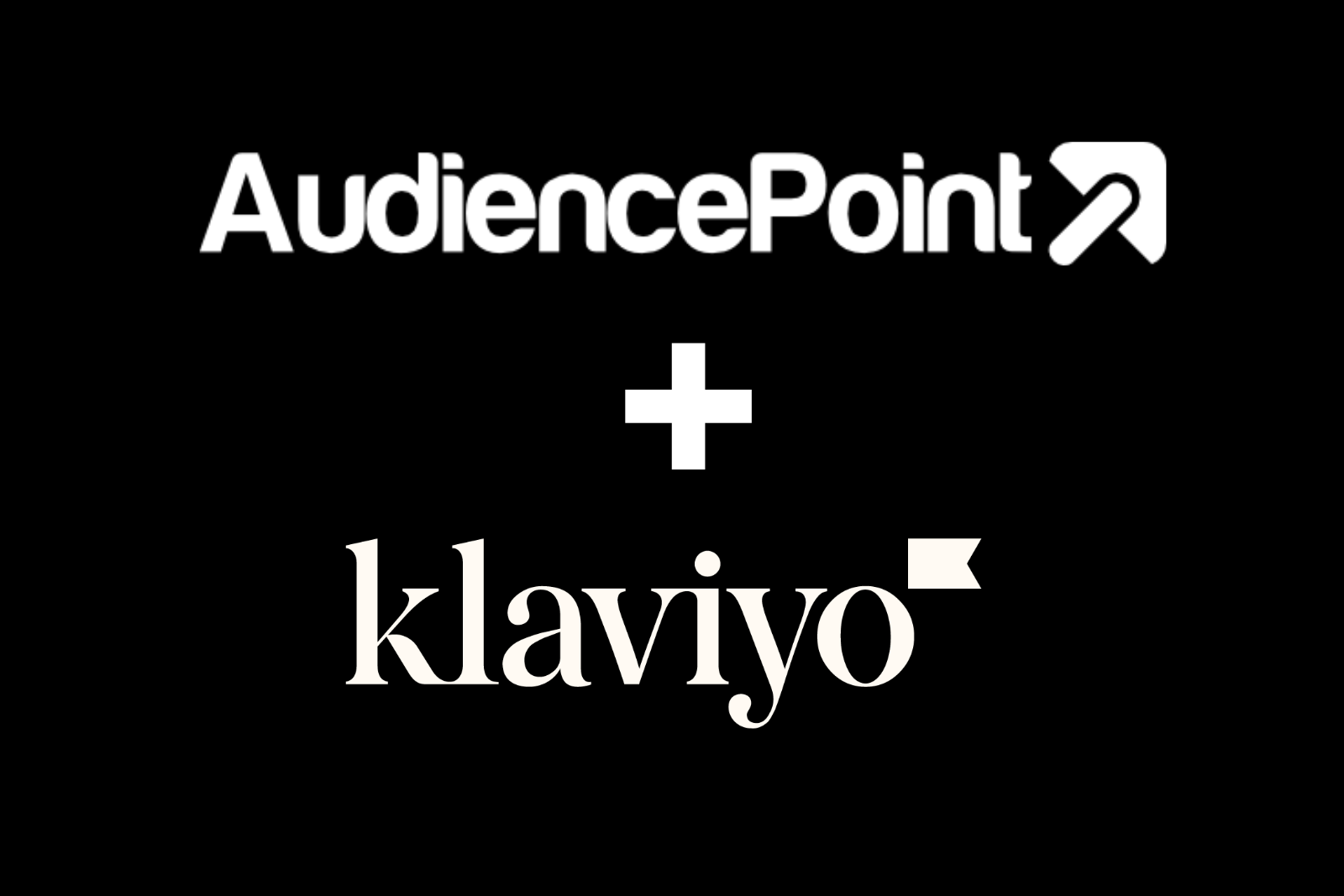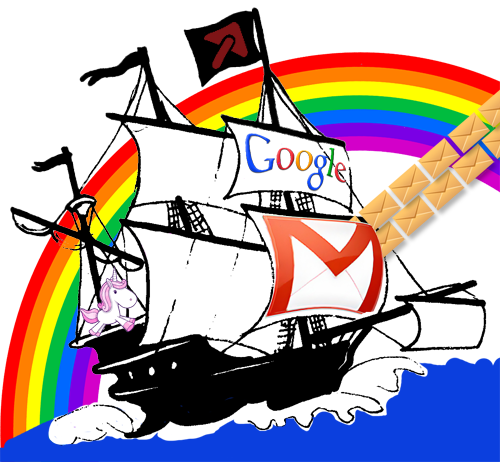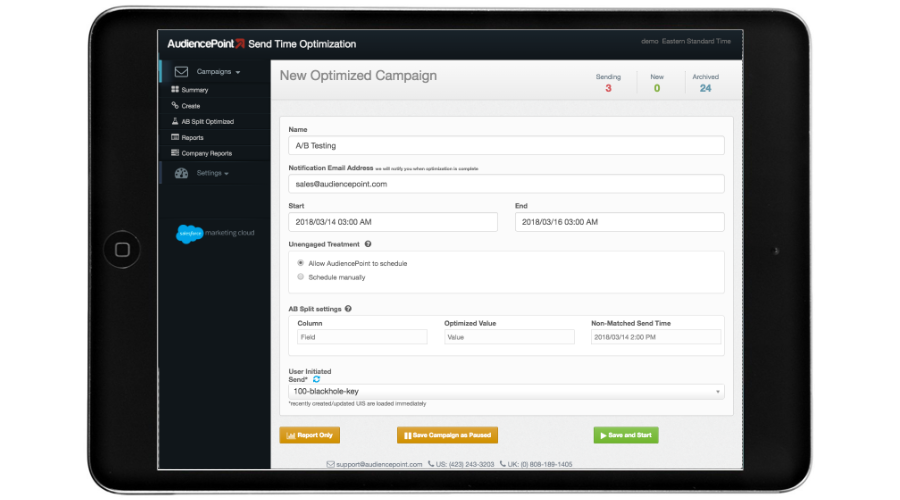AudiencePoint is thrilled to announce our new integration with Klaviyo! AudiencePoint is looking for partners to pilot our...
In the email marketing space, you hear a lot about the best times to send emails or what you should say in your content. However, there’s another essential aspect, times to avoid sending email marketing content. This article will cover just that, along with some other email marketing best practices.
When To Avoid Sending Marketing Emails
Many studies have been done on how consumers engage with emails at different times of the day and throughout the week. They’ve found that the times when emails get the least engagement are evenings and weekends. These are times when it is generally best not to send out emails.
The reason why you should avoid those times is due to the typical consumer’s weekly routine. Someone who works on a 9-5 and Monday-Friday schedule will be the most active and receptive during those times.
That means you’ll typically see people checking their emails less after 5pm when they’re done working. The same thing can be said for the weekend. Most people focus on other things during that time and aren’t the most active or primed to engage with new content.
Best Days To Send Marketing Emails
Now that you know the days you should avoid sending content, you may still be wondering which days are the best to send new emails. Studies have frequently shown that the middle of the week is the most optimal time to send marketing emails. That would be Tuesday, Wednesday, and Thursday.
What Is The Best Time To Send Marketing Emails?
The time of day when consumers are most engaged is between 9am-3pm. These are the times when people check their emails frequently for work and personal use. After 3pm, people begin to check out for the day, and engagement rates drop accordingly.
The Best Day And Time To Send Marketing Emails Depends On Your Audience
While all the data and studies on this topic are great, the real best and worst times to send marketing emails will depend on your audience. Data collected on these topics studied consumers across industries. That means it gives you good estimates about the average consumer.
However, estimates and averages won’t always get you the best results. Those who work different schedules or live different lifestyles will engage with emails at varying times. You can also get better results by pinpointing a day and time range where your specific audience is most engaged.
For that, AudiencePoint’s email insight software can help. Our software collects data on how your subscribers engage with email content from our large pool of second-party data. It will then provide actionable recommendations on improving your email strategy, including the best days and times to send new content. This makes the whole process much more accurate and manageable.
What Is The Best Frequency For Email Marketing
Along with the best day and time for sending content, you’ll also want some best practices for how often you should send new emails.
How Often Should You Send Emails?
The frequency of email content will ultimately depend on your business and how your audience engages with content. That said, many companies find success in sending out one weekly newsletter to their audience.
It’s usually recommended to start slow and increase frequency over time to see how your audience responds. If you increase the frequency and notice a significant drop in engagement, that’s a sign you should lower the frequency back to where it was previously.
How Many Emails Should You Send Per Day?
If you choose to send daily emails, most businesses will be best off limiting the frequency to once per day, but less than once per day is usually preferable.
If you send emails too frequently, you risk your audience getting bored with your content, which leads to lower engagement. A lack of engagement overtime can lead to emails beginning to bounce or landing in spam folders.
What Is The 80/20 Rule In Email Marketing?
Along with email frequency, you may have also heard of the 80/20 rule in email marketing. This rule is specific to how often you should send certain types of content. The 80/20 rule states that 80% of your email content should be informative or useful for your audience, and 20% can be direct promotional emails where you’re trying to make a sale.
The 80/20 rule creates a balance, so you offer enough value in your email content. Many consumers can get put off by too many ads, so sticking to this rule can be a good idea to maintain high engagement.
How AudiencePoint Can Help With Your Email Marketing Campaigns
While knowing all the best practices for email marketing can help, they can only take you so far in creating a highly-specific email marketing strategy tailored to your audience’s needs. If you want to improve your email strategy further, AudiencePoint can help.
AudiencePoint offers email insight software that tracks data from our large pool of second-party data and gives you actionable ways to improve your email strategy. AudiencePoint will help you:
- Identify and re-engage inactive subscribers.
- Accurately segment your email list.
- Isolate Apple MPP opens from reporting.
- Optimize send times and days for individual subscribers.
- Find strategies to increase consumer engagement.
AudiencePoint makes the whole process easy by analyzing the data for you and helping you make educated decisions. Contact us today if you would like to learn more about how AudiencePoint can help your organization get the best ROI out of email marketing.





